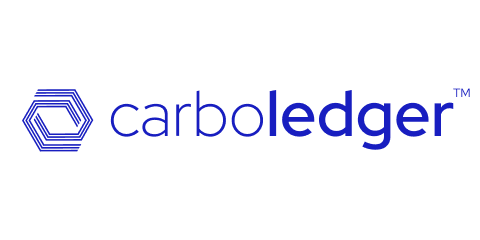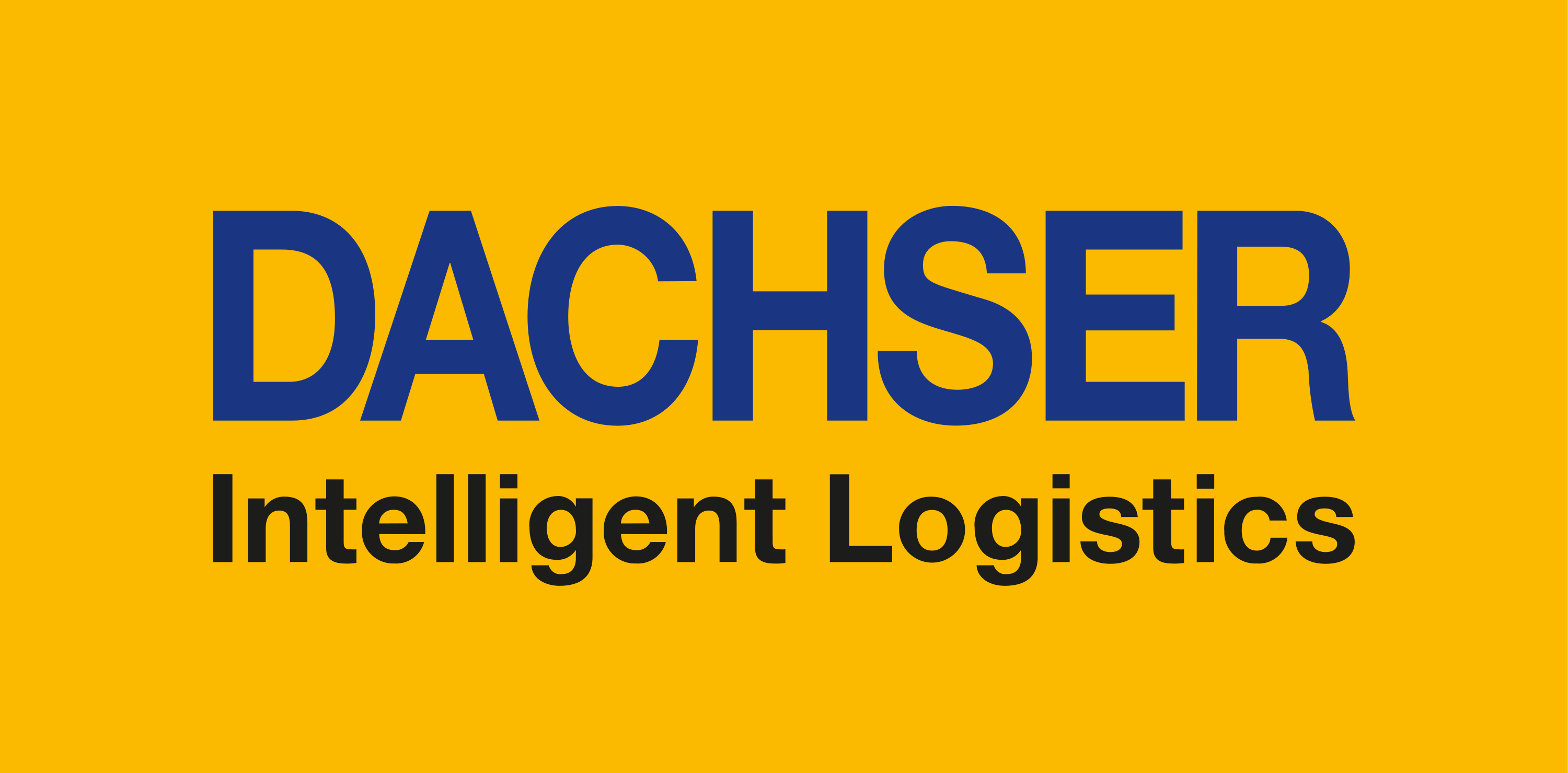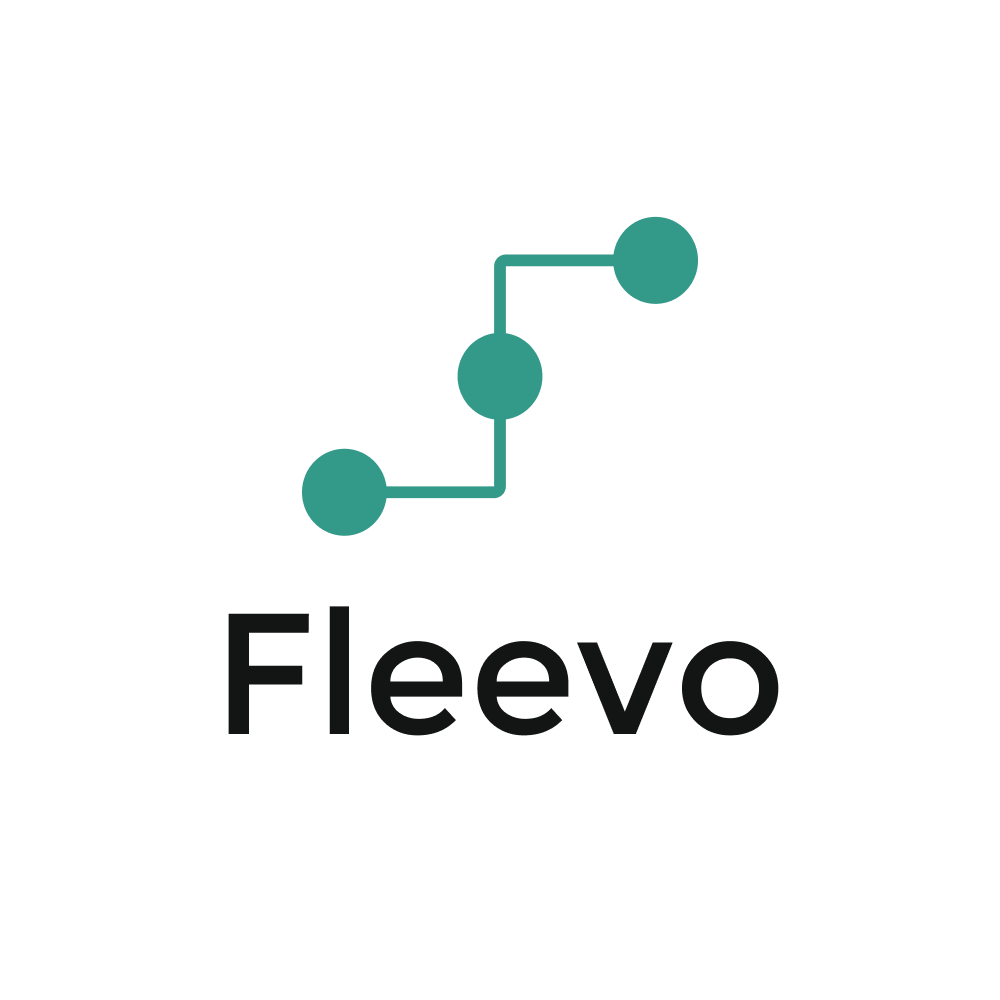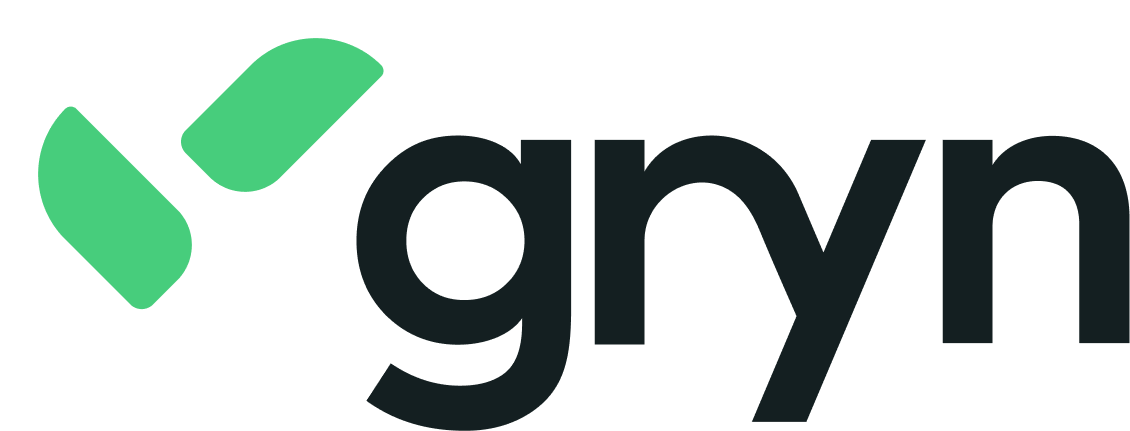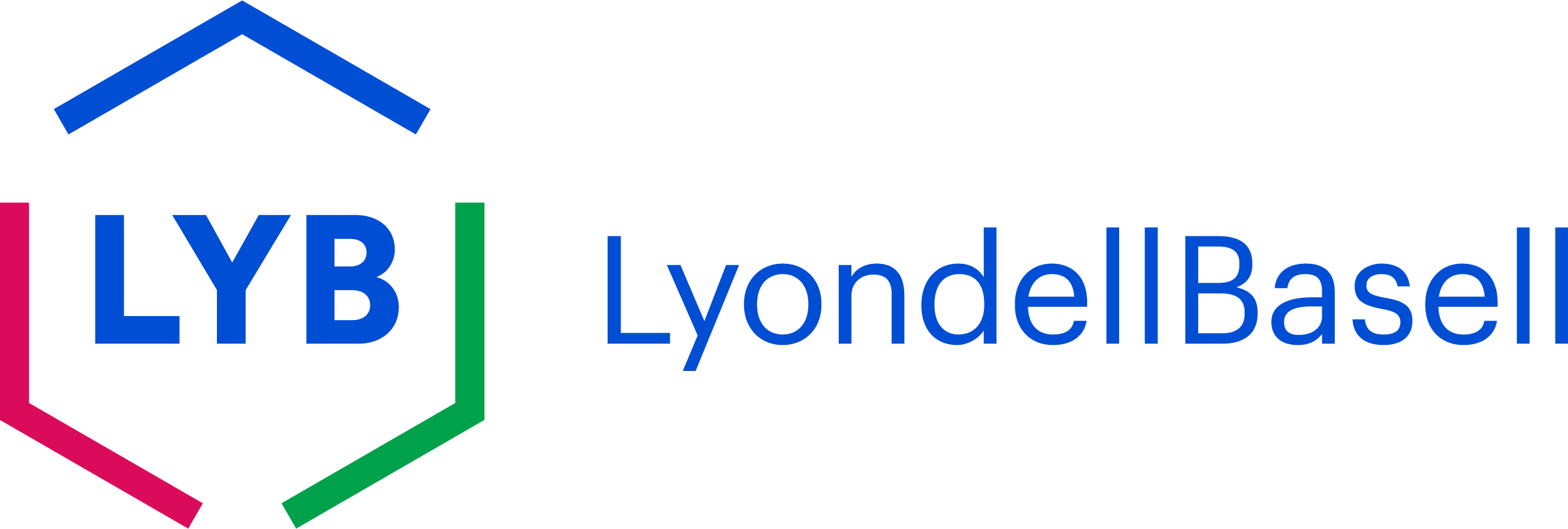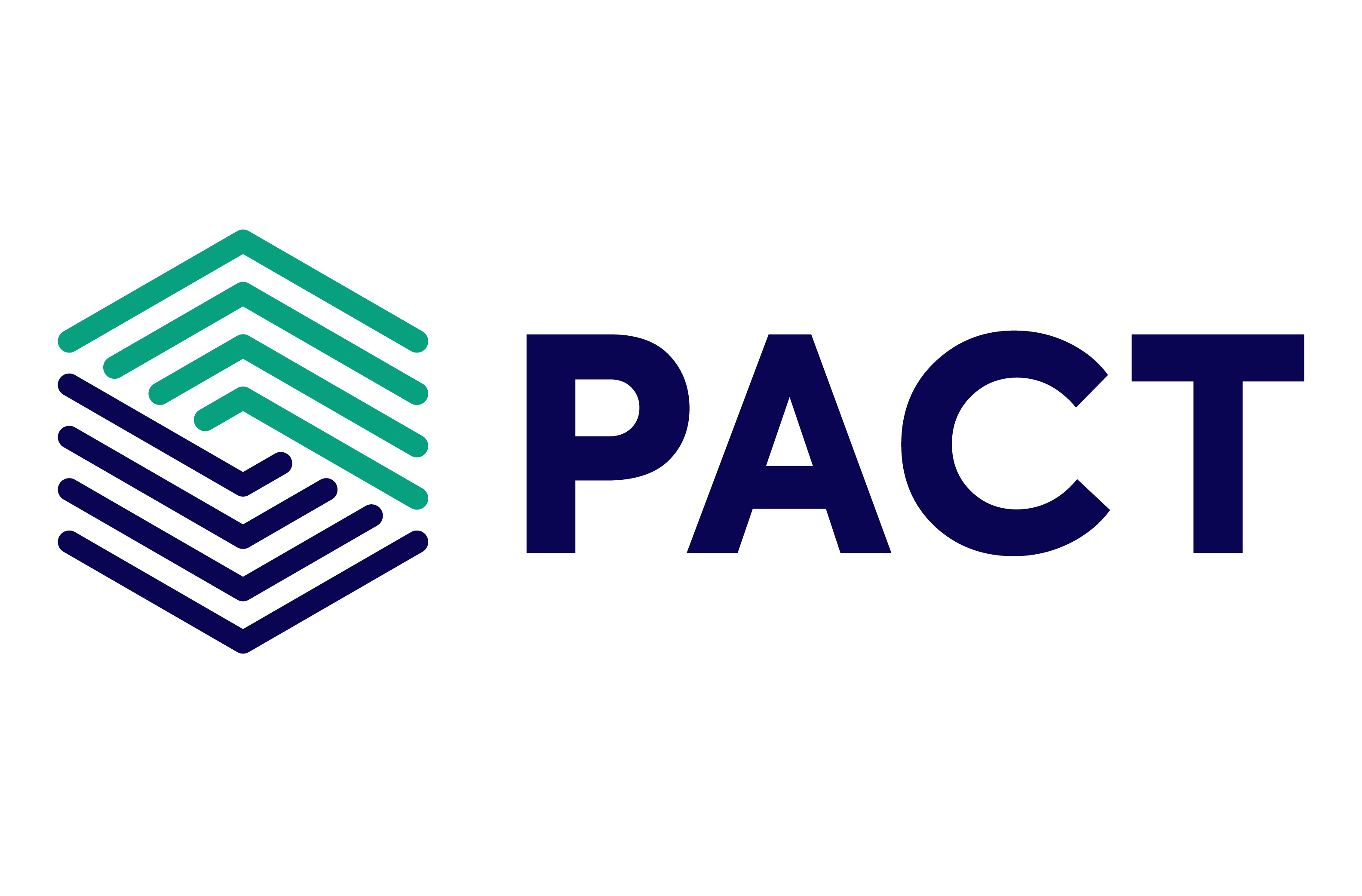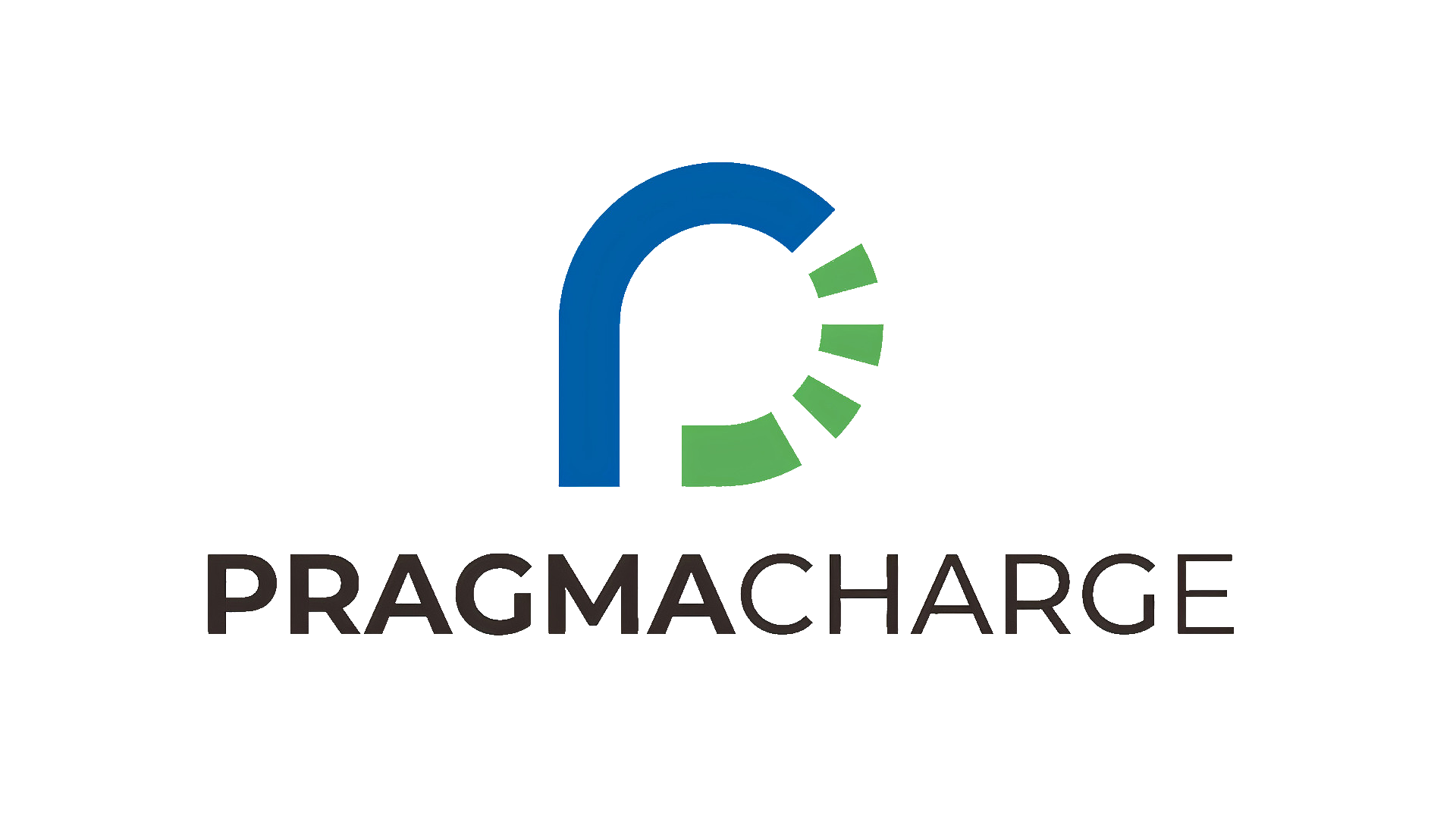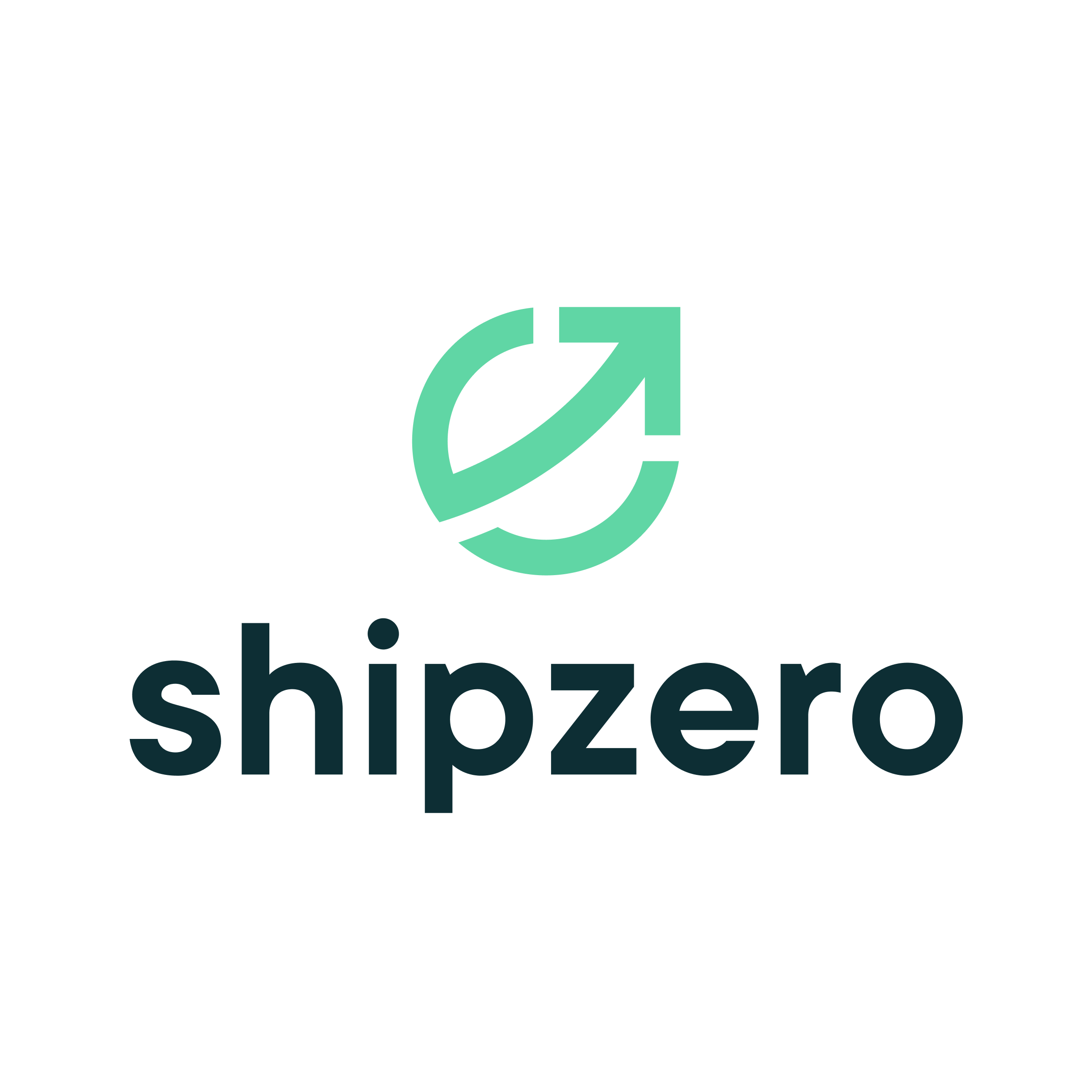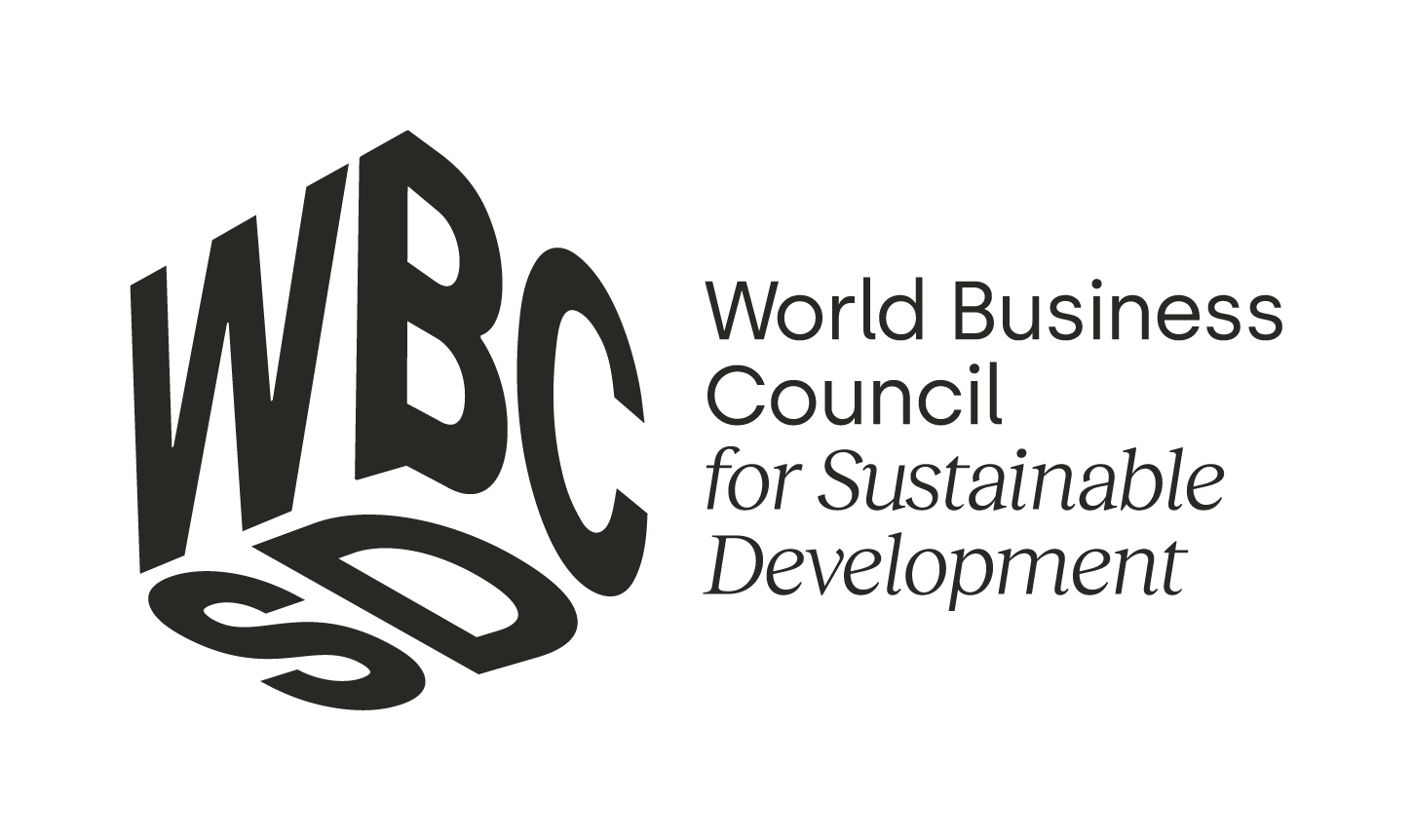What is iLEAP?
iLEAP (integrating Logistics Emissions and PCFs) builds upon and extends the PACT protocol, enabling the seamless integration of logistics emissions into Product Carbon Footprinting. By capturing the full carbon impact across the supply chain, iLEAP enables comprehensive and credible decarbonization from production to delivery.
Sponsored by



